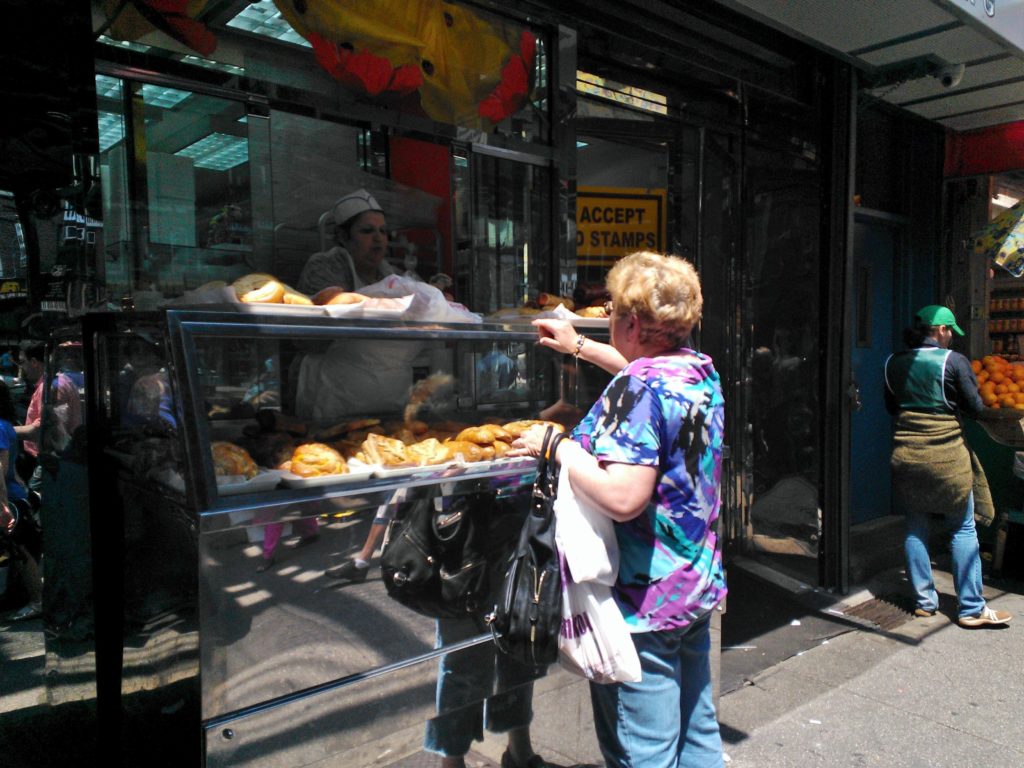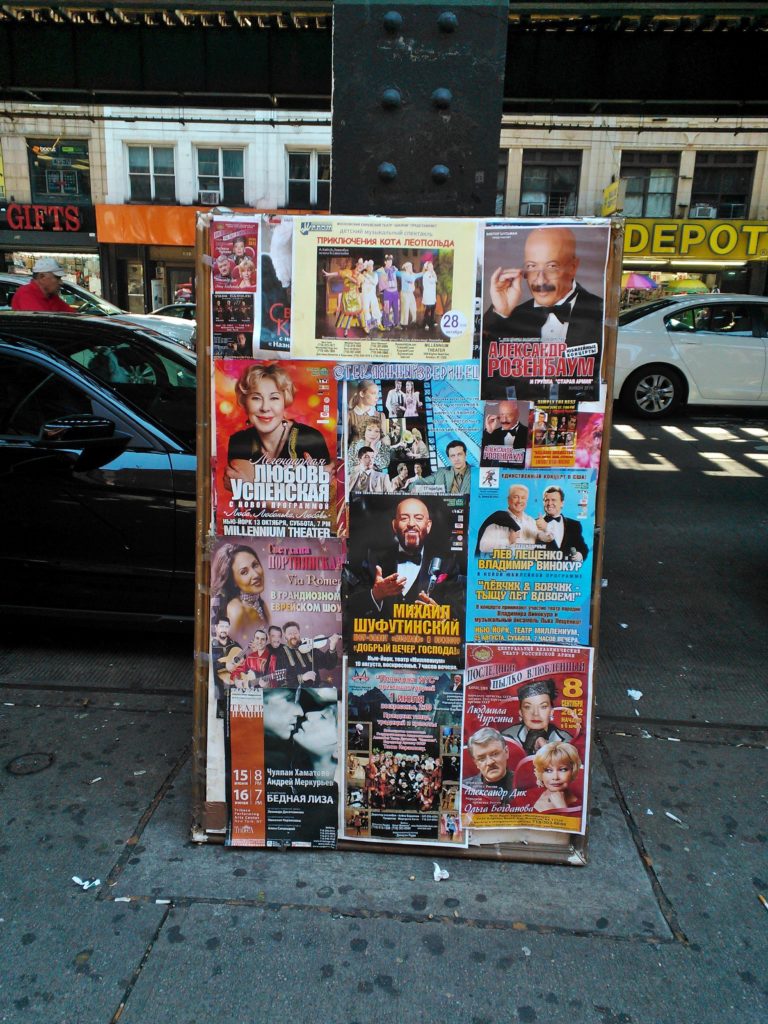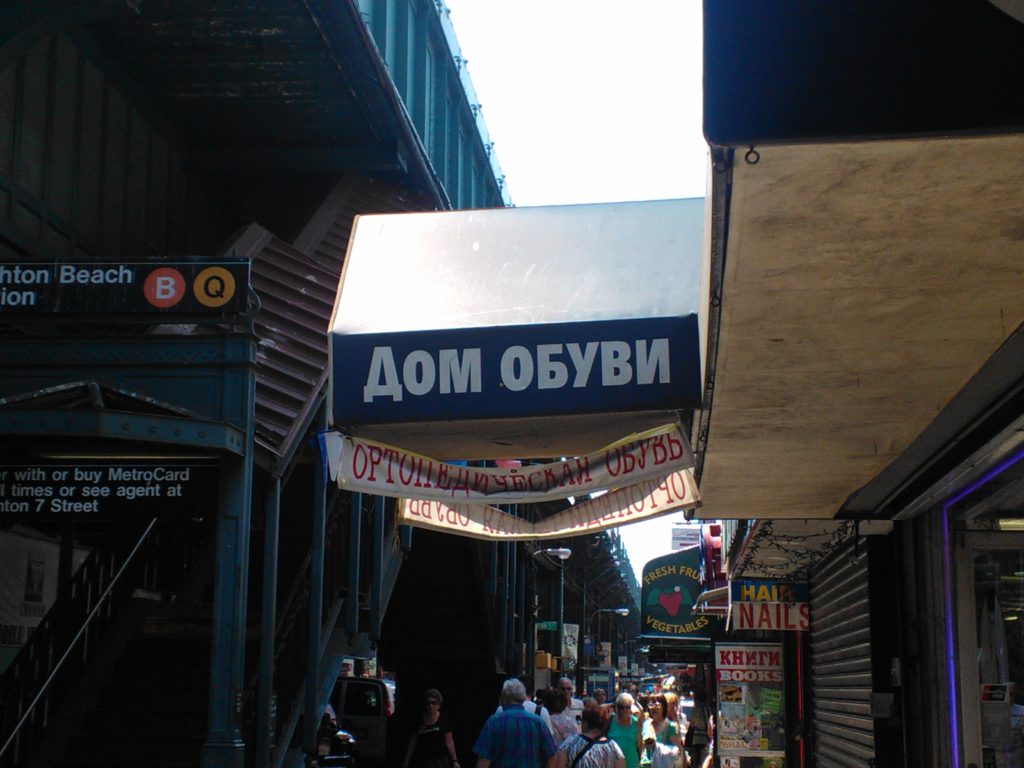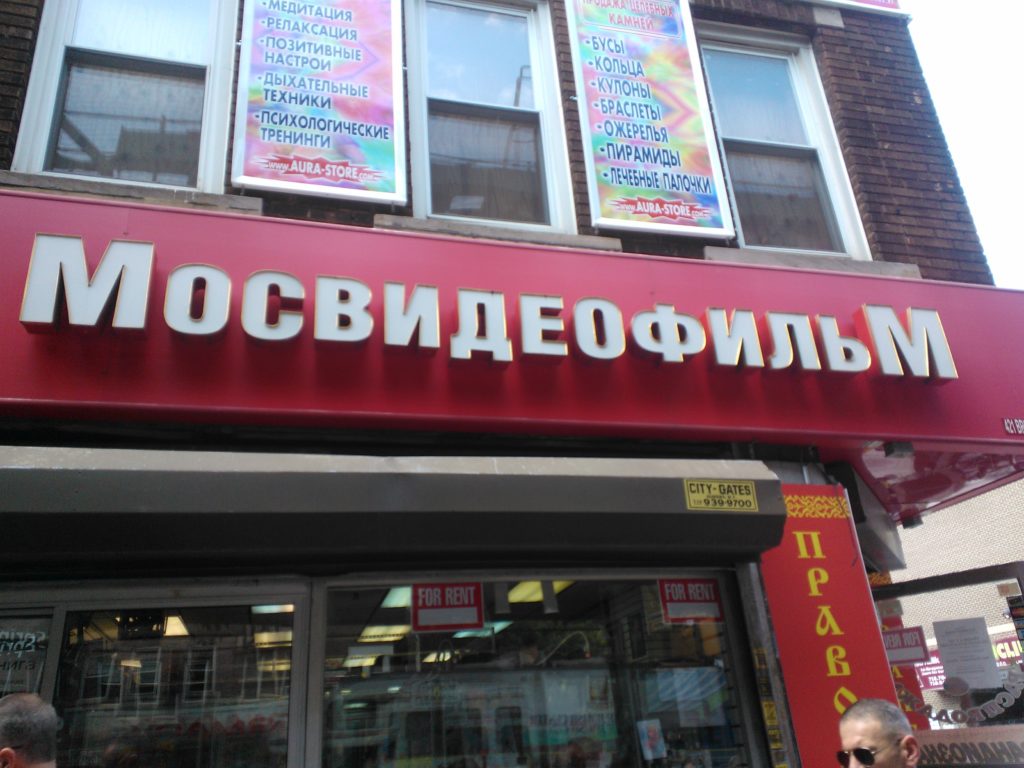In the essay “Art as Technique,” Victor Shklovsky argued about the importance of perception, and how breaking away from normal perception is an important aspect of art. “Normal” objects, non-artistic objects become so commonplace as to fall away from our normal range of perception. “..Either objects are assigned only one proper feature – a number, for example, or else they function as though by formula and do not even appear in cognition…”[i] Every now and then something happens to remind one of the importance of removing the effects of automatism to enhance one’s artistic appreciation. In this case, summer travel reminded the author of this situation.
Summer travel, in a way, is when most people actively engage in the process of artistic appreciation. The goal is to go somewhere where they can “disconnect” themselves from daily routine. This can take the form of the traditional trip to the beach, where, if one is fortunate, one gets to sit and appreciate the sand, be it between their toes or elsewhere inside their clothing. In the author’s case, it was a minor mechanical mishap that brought the point home.
The incident occurred –in Northern Virginia – technically, although the rest stop is actually a little over an hour South of Washington, D. C. After making a quick pit stop at a Virginia state rest stop and admiring the amount of super caffeinated beverages in the vending machines – it became evident that somehow my car’s parking lights remained on during the rest stop. Nothing seemed to make it possible to turn off the lights. After getting started down the road with the worry of having to call up the auto club for a jump start the next day, I notice a little red button on top of the steering wheel that had not been there before. That, it turns out, was the switch to turn on the parking lights with the ignition off. After driving this car for more than four years, this was the first time I had noticed the existence of this switch, which I had triggered when trying to wipe dust off of the odometer window. This was a clear case of automatism at work. The thousands of times that I had looked at the odometer window had made it so that I had completely come to recognize only the formula of the odometer, and the parking light button did not even appear in my cognition.
This episode illustrates the difficulty of appreciating the beauty and art present in everyday life. People who live in Seattle for a long time, for instance, become immune to the breathtaking scenery of Mount Rainier, or the beauty of Puget Sound, or the Olympic Mountains. People who live in Puerto Rico for their whole lives come to think of the ocean in January as “too cold” for swimming, while thousands of tourists come and swim in the warmest water of their lives. This is not a case of sensory deprivation, but rather sensory oversupply. As Shklovsky stated, “…art exists that one may recover the sensation of life…” This implies the question: how can you make it so you do not miss the art in everyday life when the tendency is to appreciate everyday life from a position of highly developed automatism?
This brings us back to the importance of summer vacation, and the problem with the disappearance of unstructured summer time. A typical schoolchild’s summer vacation is now three weeks shorter than it used to be. When summer vacation does arrive, the child is thrown into a cycle of highly structured activities as they go from one full day summer camp to the other. This is the result of two contemporary conditions: double wage earner families that need the camps as babysitters when school is not in session, and parents who want to make sure that their child does not fall behind in the increasing “arms race” among parents trying to create as “well-rounded” a student as they can. Children no longer have the opportunity to explore the world around them on their own time—to independent develop the ability to apprehend the world around them form a position of defamiliarization, instead of arriving to a state of adult automatism by the age of eight. When families finally get a chance to travel together, it is only for the one week of summer vacation. Families place so much pressure on making sure every minute is filled with activities that no opportunity exists for parents and children to enjoy their surroundings from a state of artistically productive boredom. Yes, it may seem oxymoronic, but sometimes the most productive state of perceptive defamiliarization is boredom, the kind of boredom that is increasingly missing from the increasingly overly structure
[i] Shklovsky, Viktor. “Art as Technique.” Russian Formalist Criticism: Four Essays. Ed.Lee T. Lemon and Marion J. Reiss. Lincoln: U of Nebraska P, 1965. 11-12.




